The Cerbère-Banyuls marine reserve guarantees superb diving!
In the Cerbère-Banyuls marine reserve, you’ll discover an exceptional biodiversity that has been protected for 50 years.
You’ll observe a rich and abundant life: groupers, barracudas, sars, gilthead breams, corbs.
For macro photographers, the fixed fauna offers a wealth of colorful subjects: corals, anemones, lobsters, nudibranchs, etc.
- Cap l’Abeille: Corbs, groupers, dentis, drum sars, castagnoles, moray eels, mostelles, conger eels, lobsters, nudibranchs, coral, alcyons,
- Les Trois moines/Rec de Milan: Corbs, groupers, dentis, drum sars, castagnoles
- Les Tinyes: common sars, drum sars, dentis, sea breams, gilthead sea breams, flabellines, bryozoans, ascidians, sponges
With a bit of luck, dolphins will accompany the boat for a friendly visit.
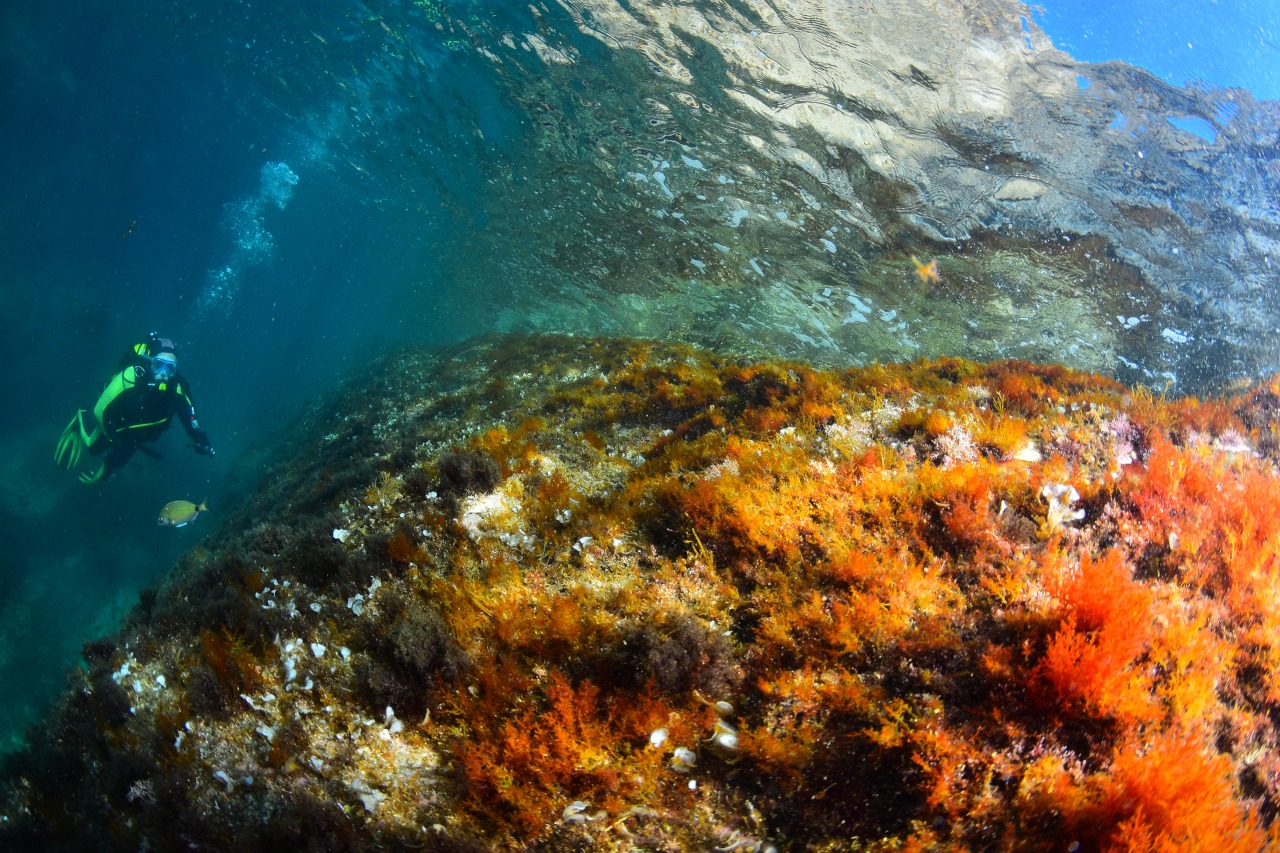
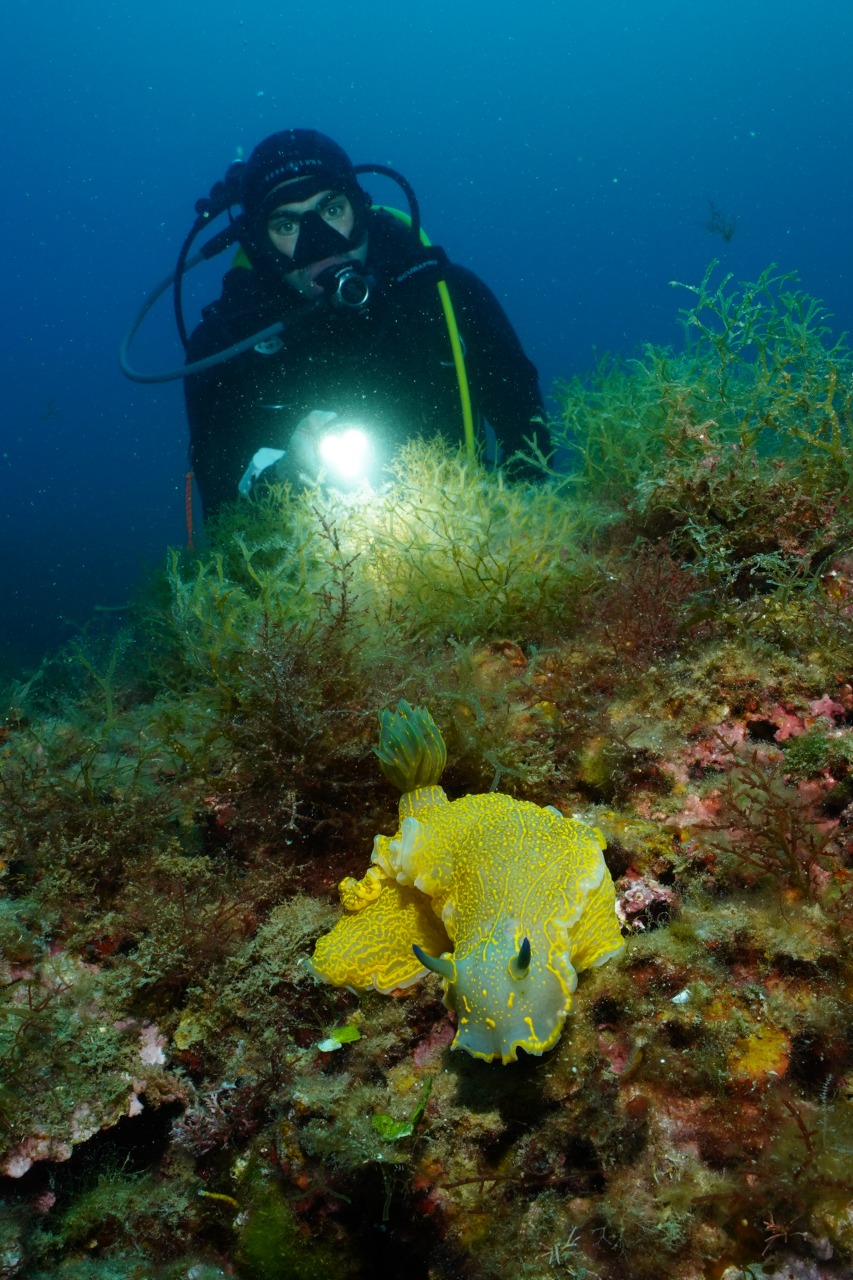
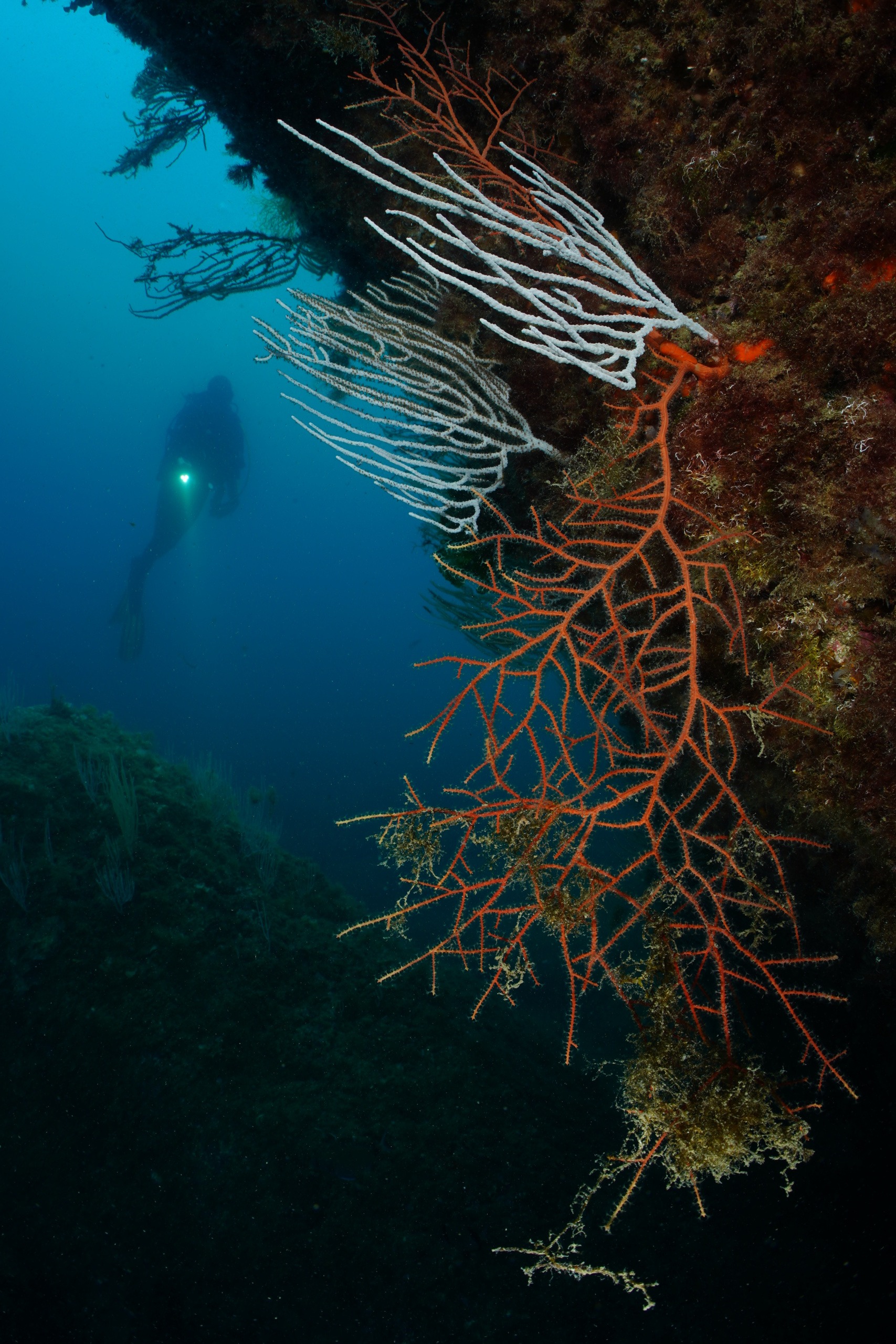
Cap l’Abeille: A Remarkable Site in the Reserve
Among the reserve’s dive sites, Cap l’Abeille stands out for its rich marine life. This site is particularly popular with experienced divers.
During your dive at Cap l’Abeille, you’ll be able to observe :
- Large groupers, masters of the reef
- Sharp-eyed dentex
- Drum sars with distinctive stripes
- Castagnoles in constant motion
- Moray eels emerging from their shelters
For those who prefer more discreet creatures, you’ll also find lobsters with long antennae and colorful nudibranchs.
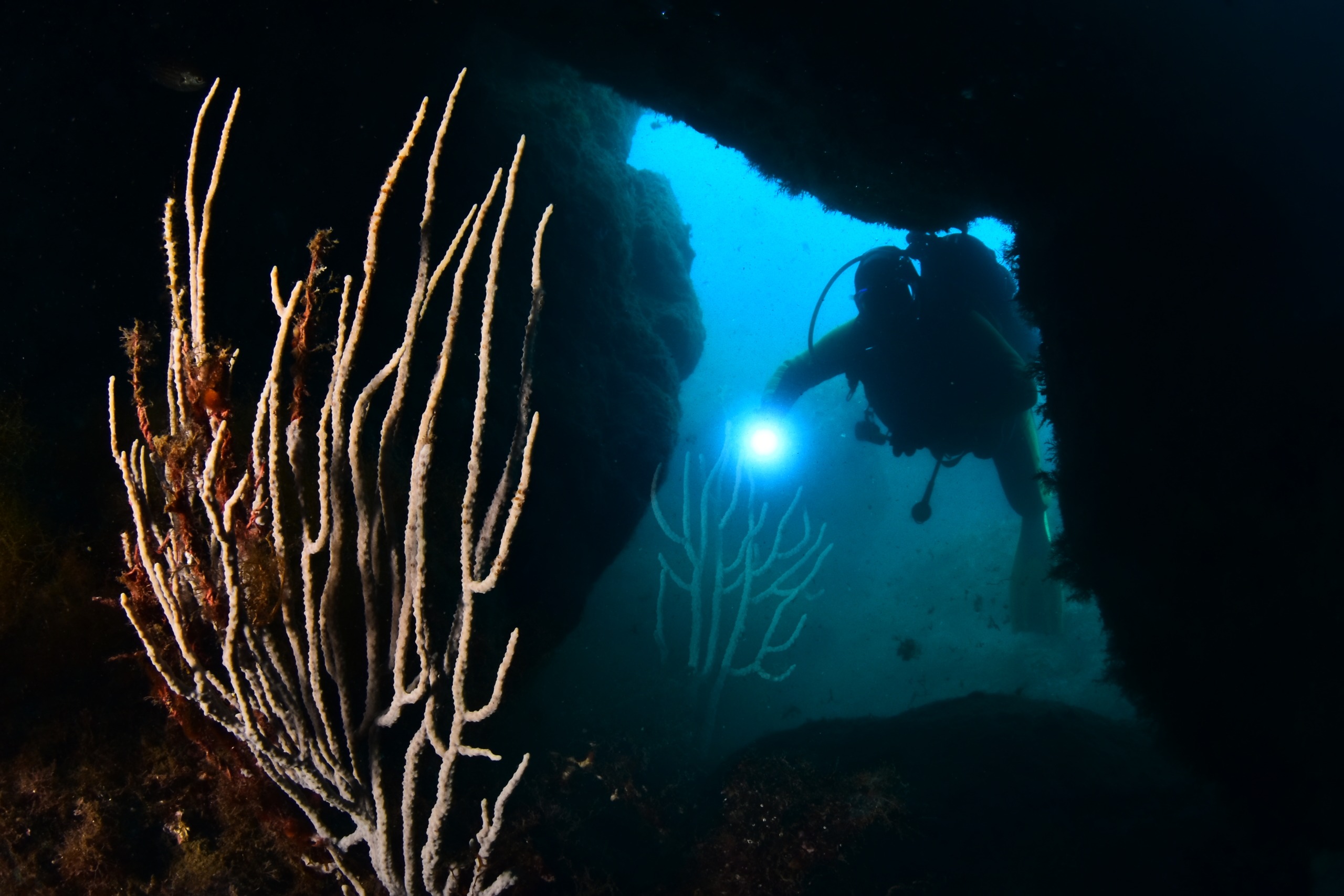
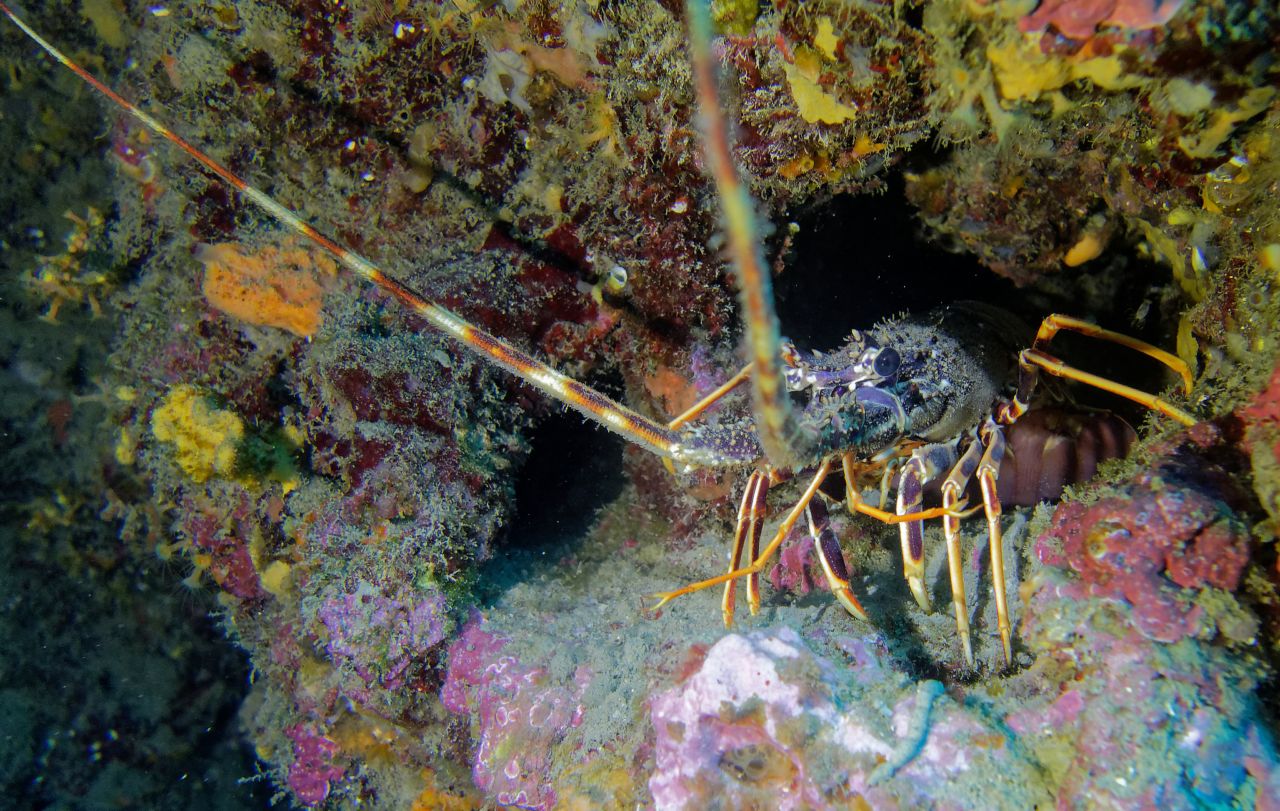
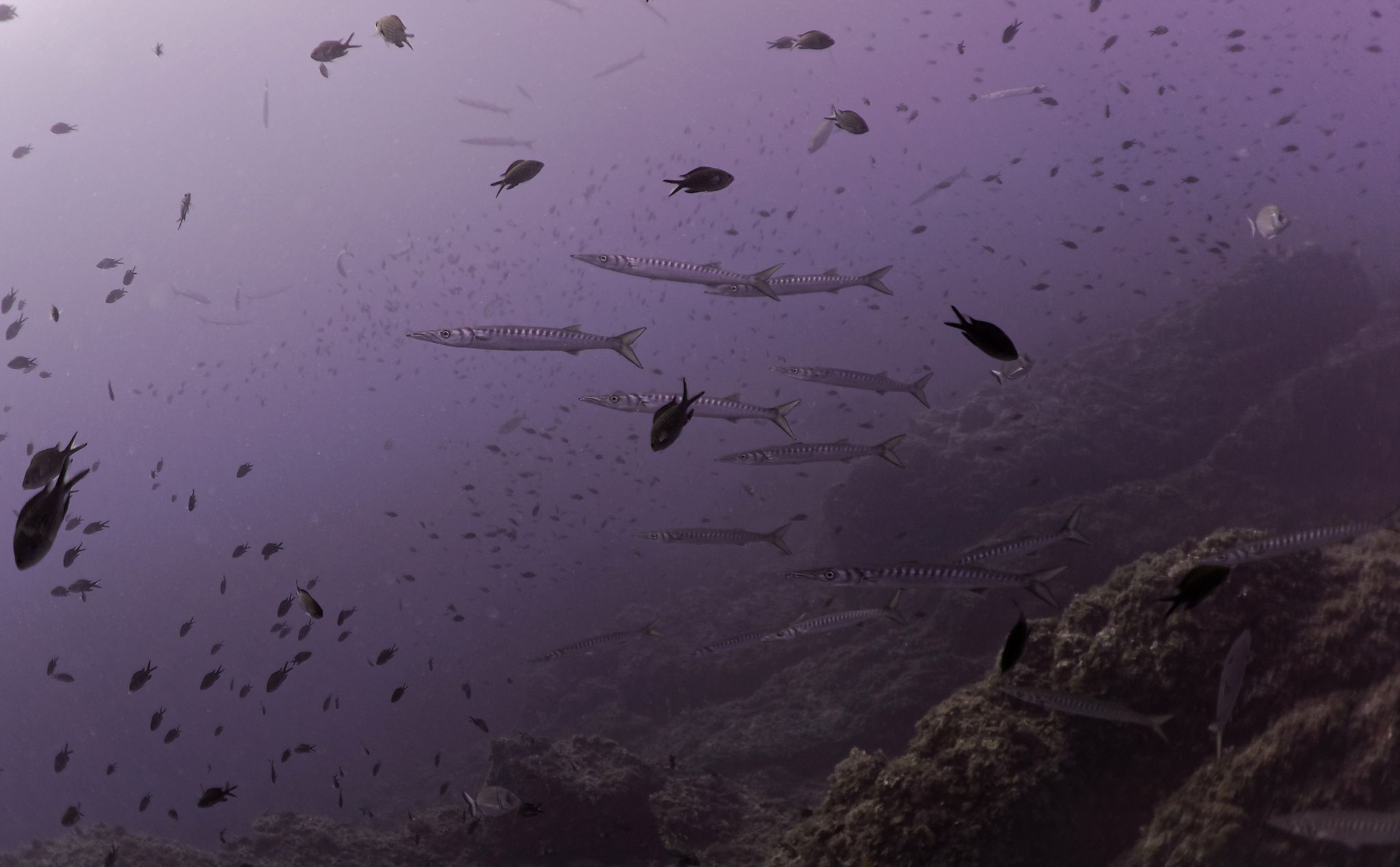
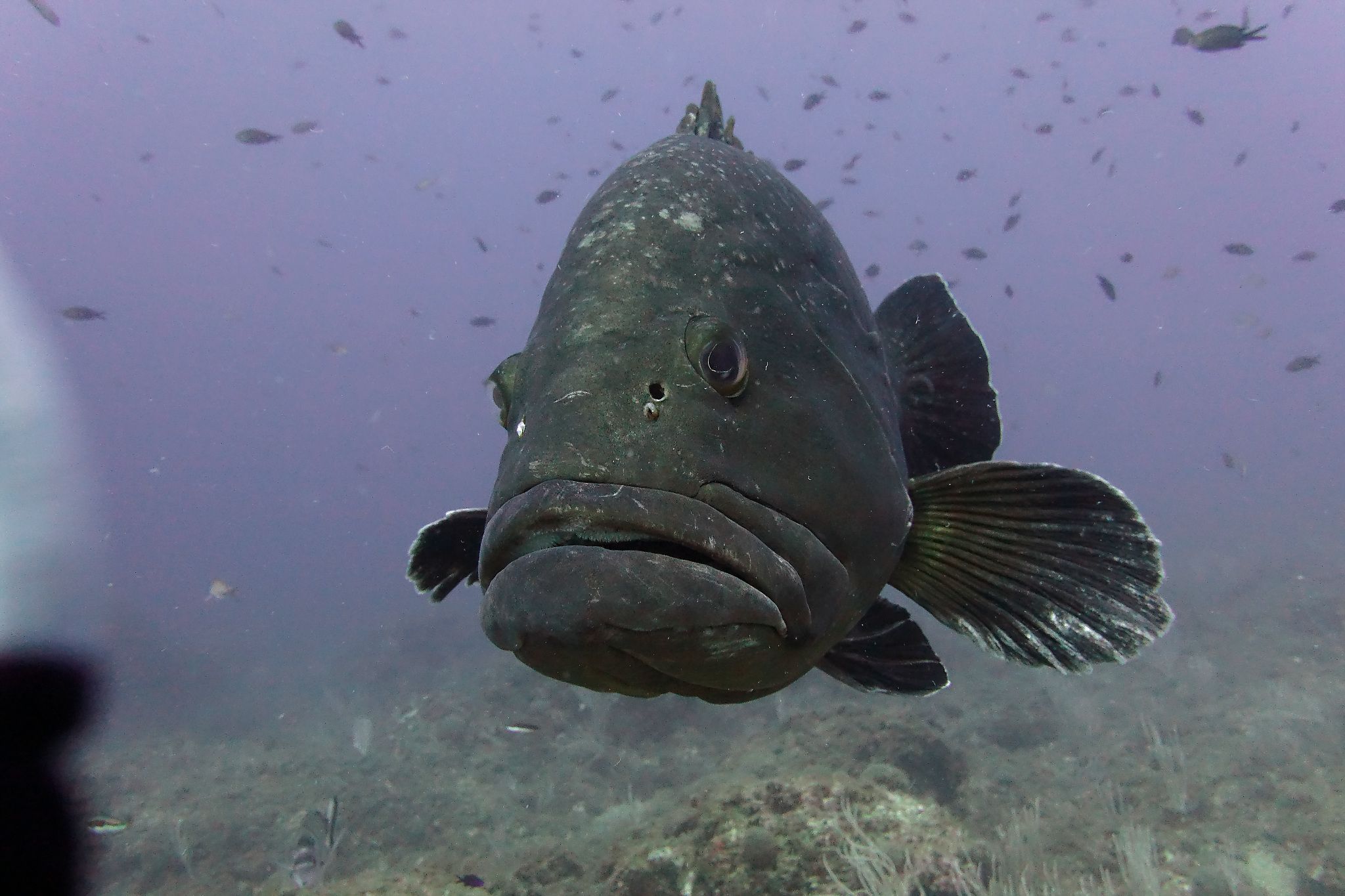
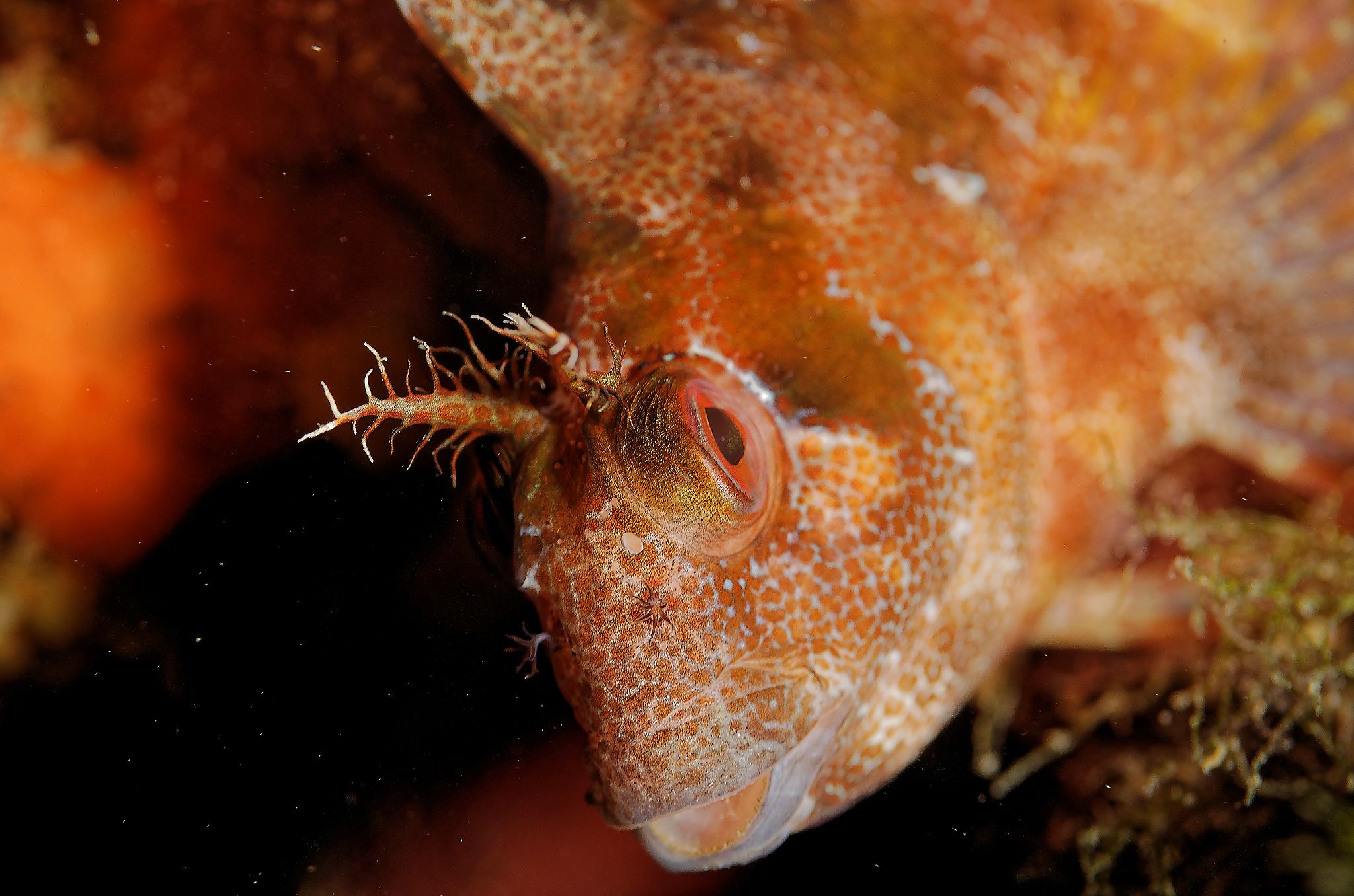
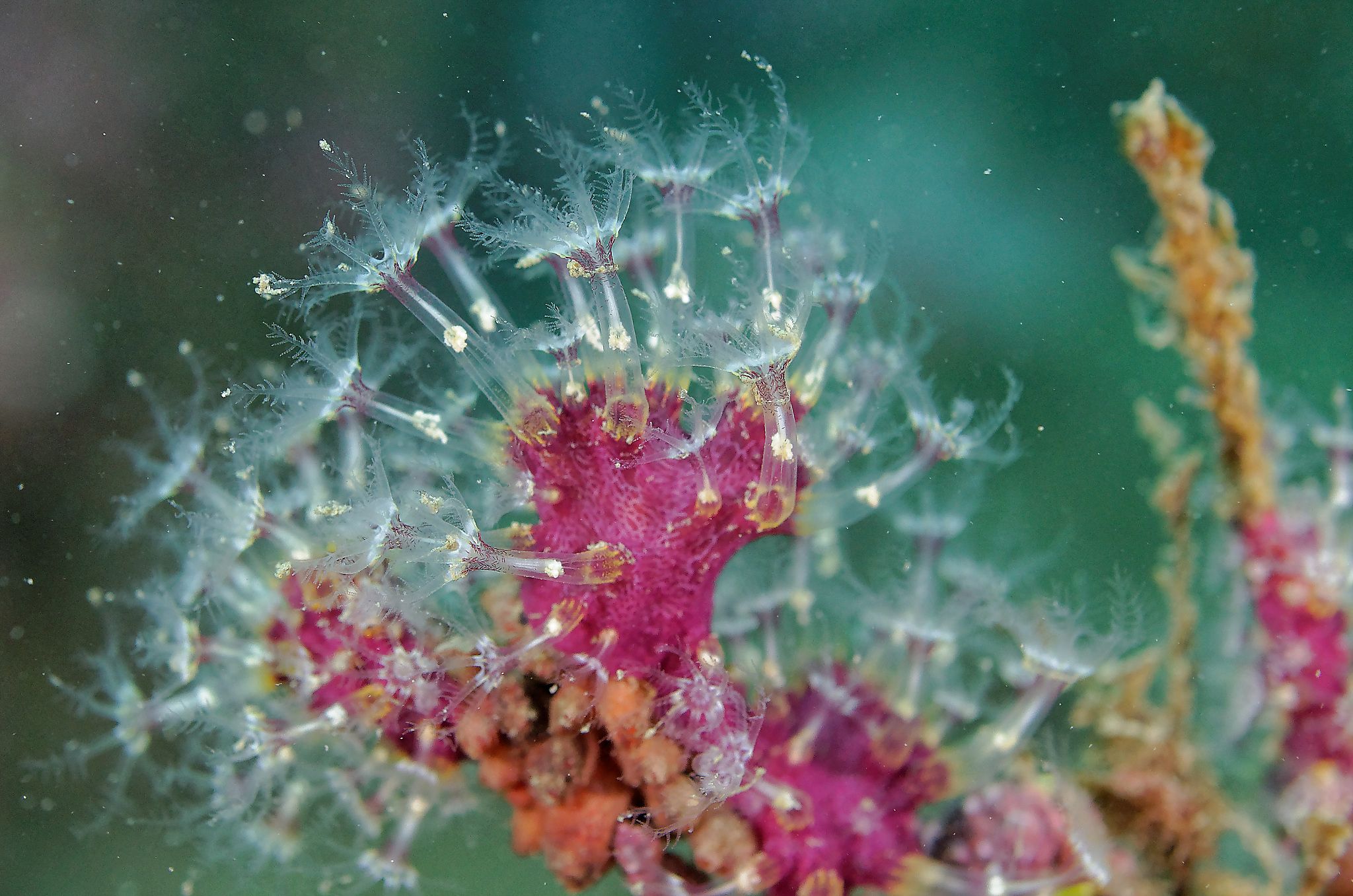
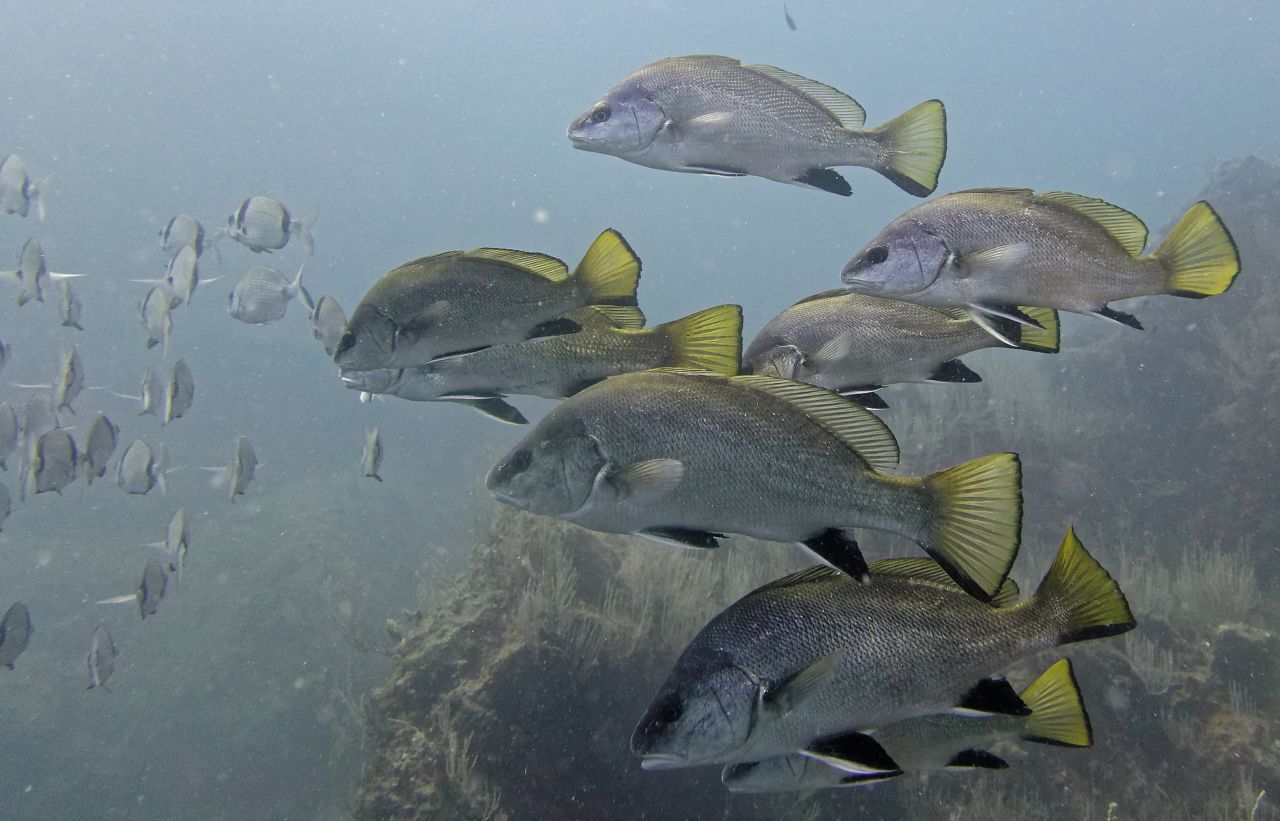
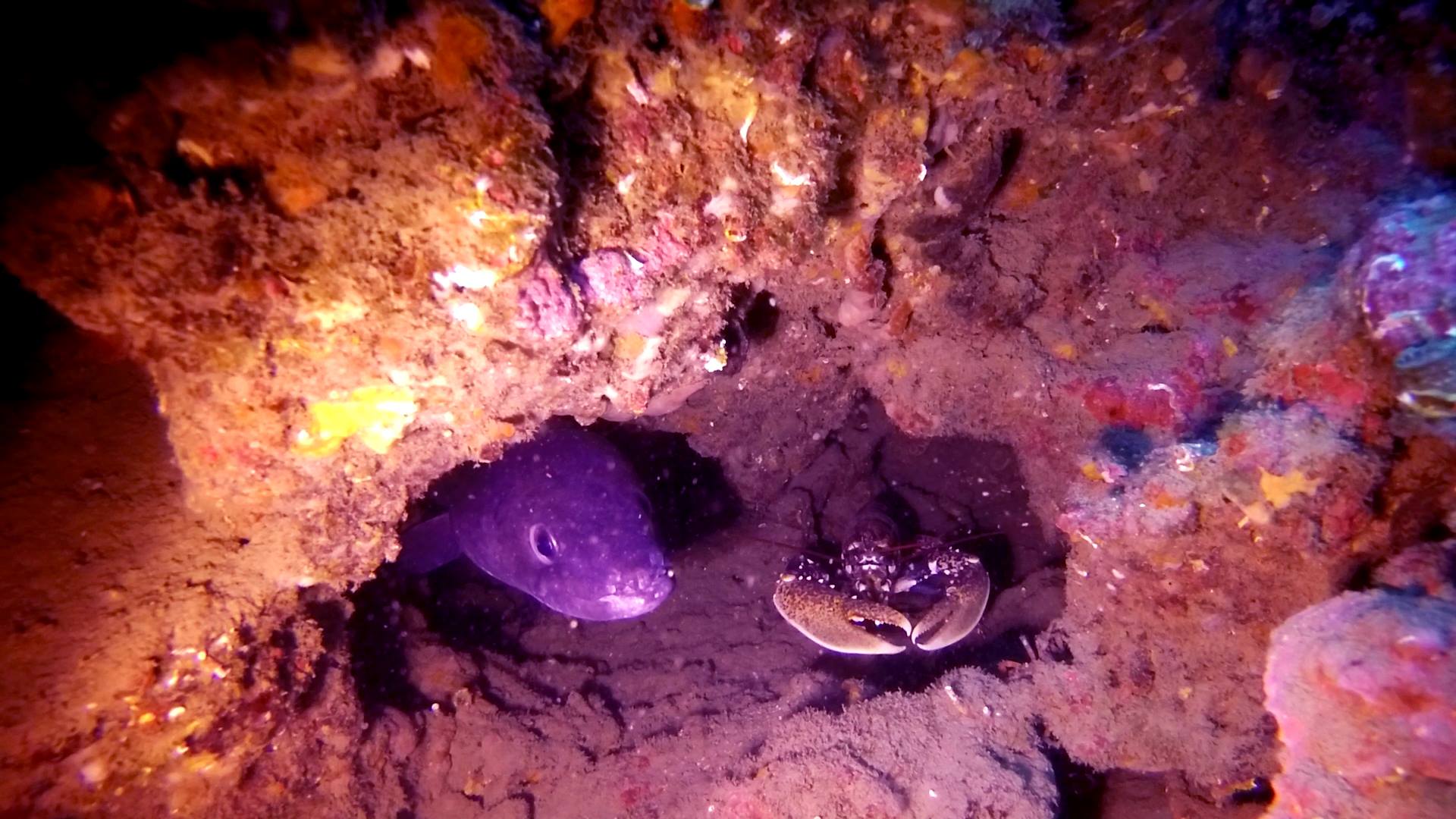
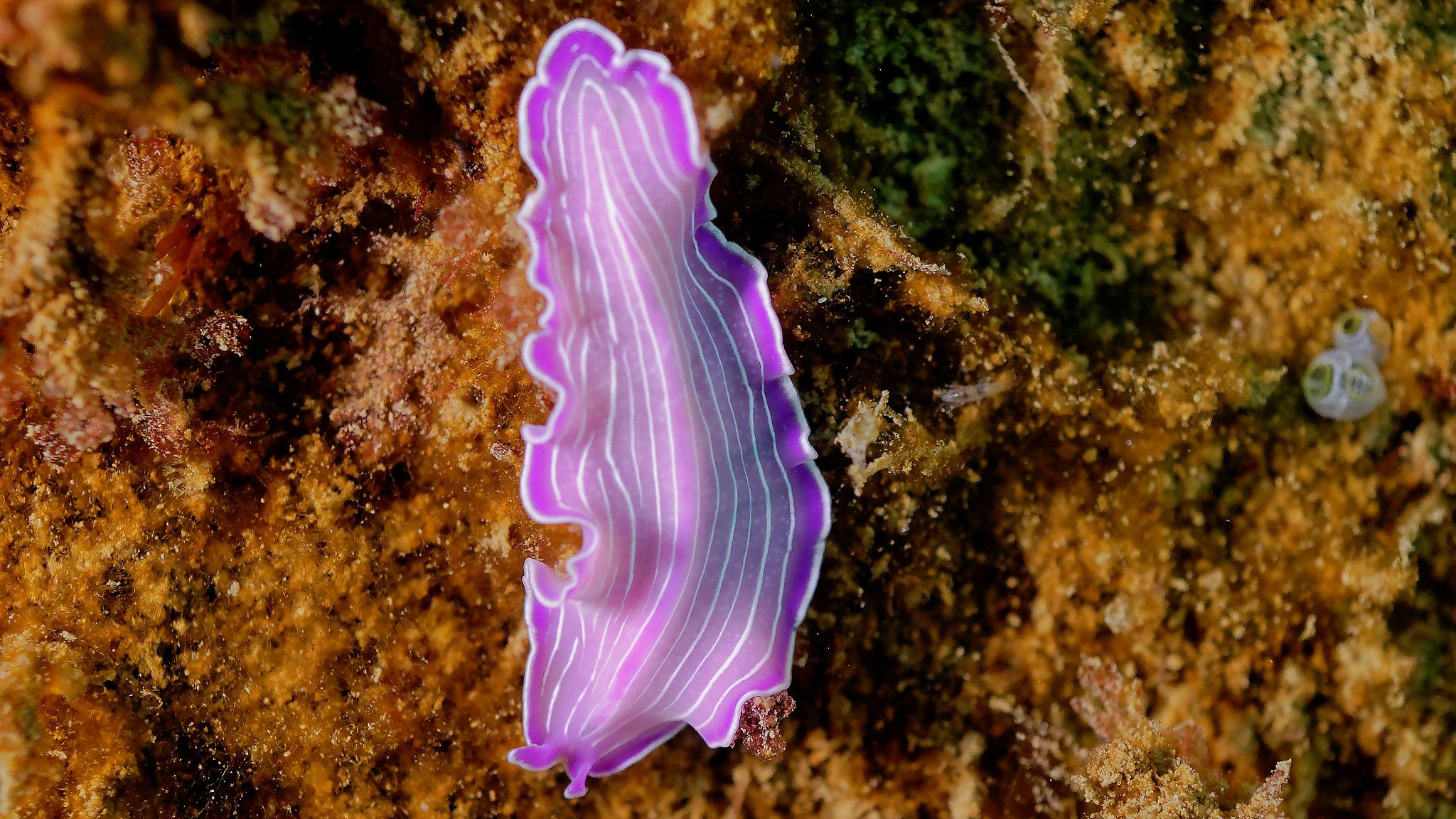
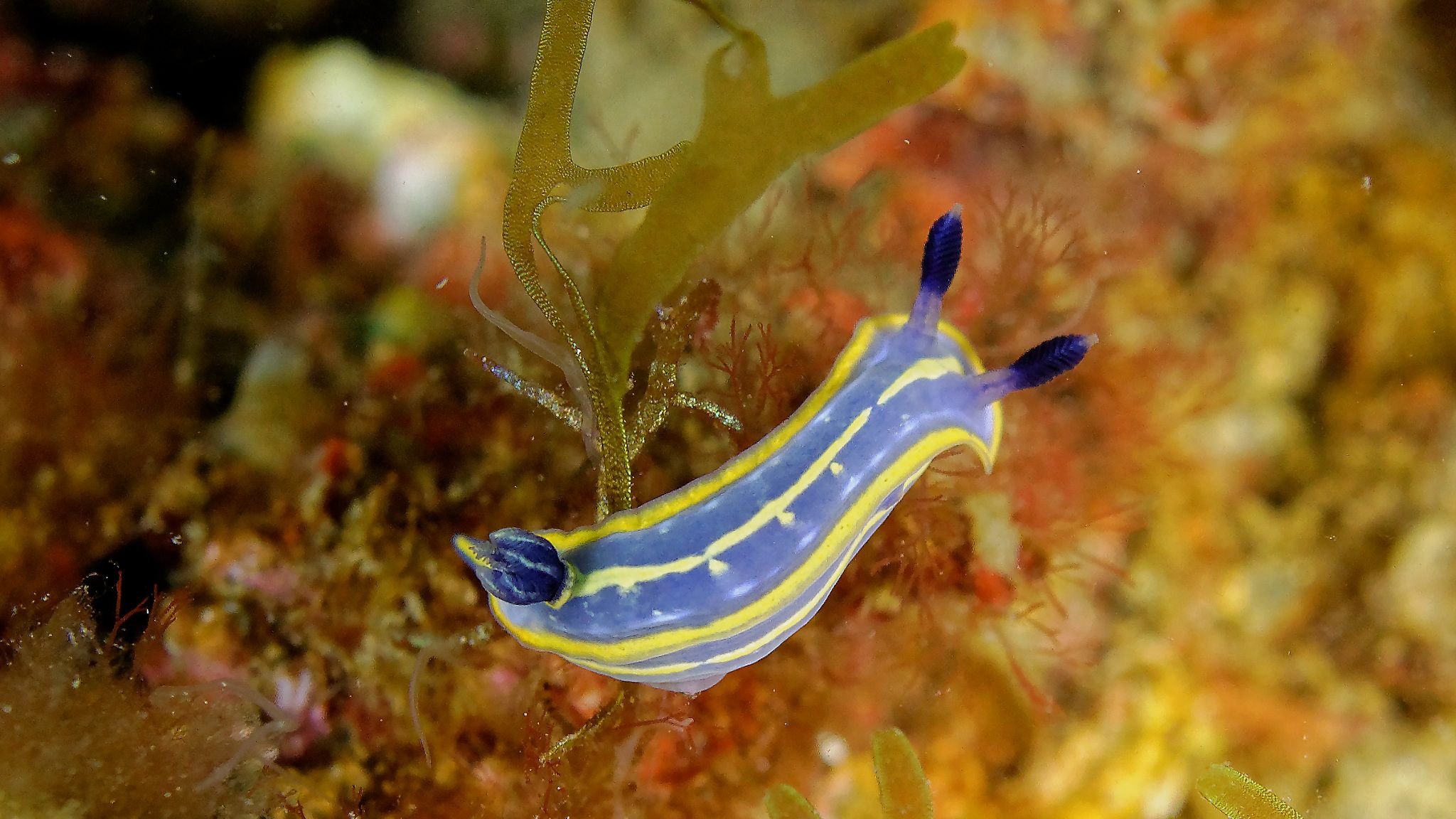
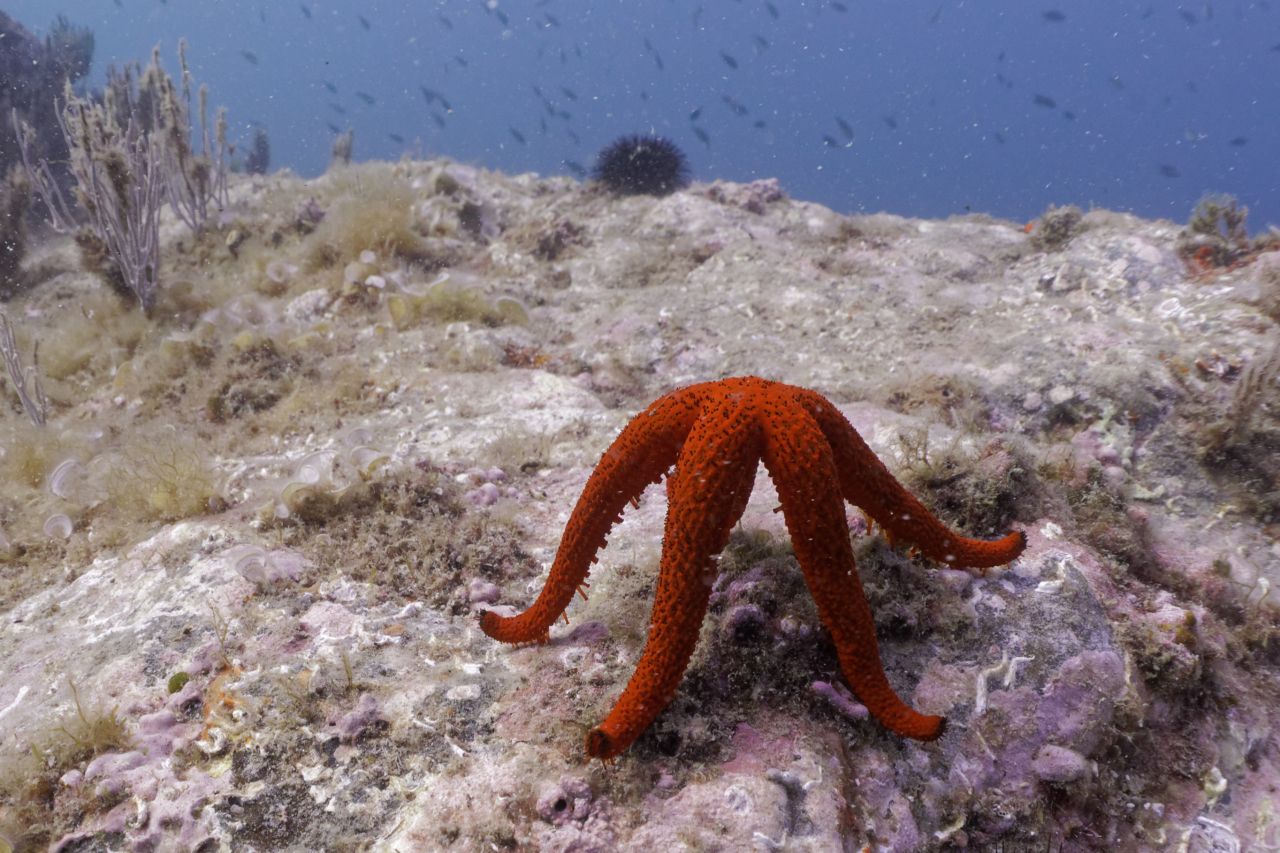
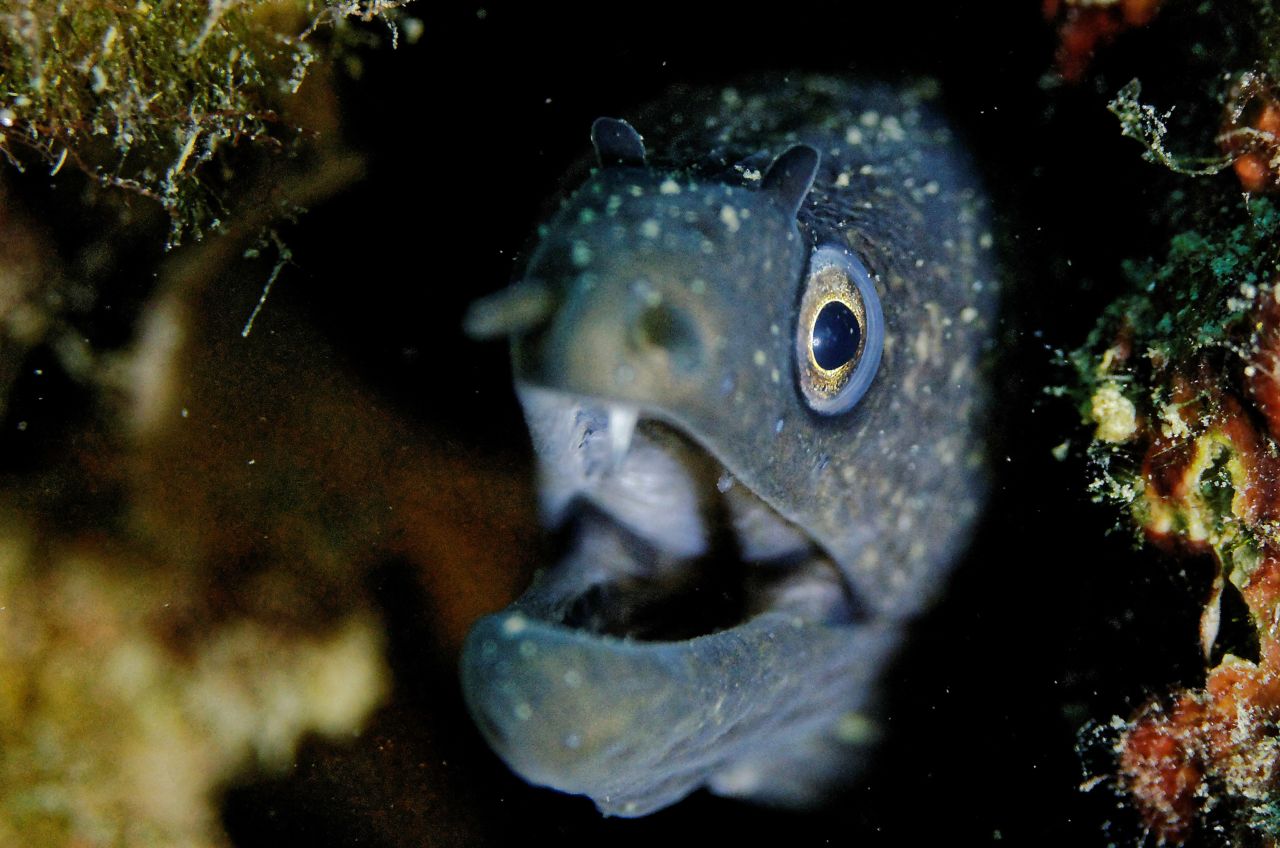
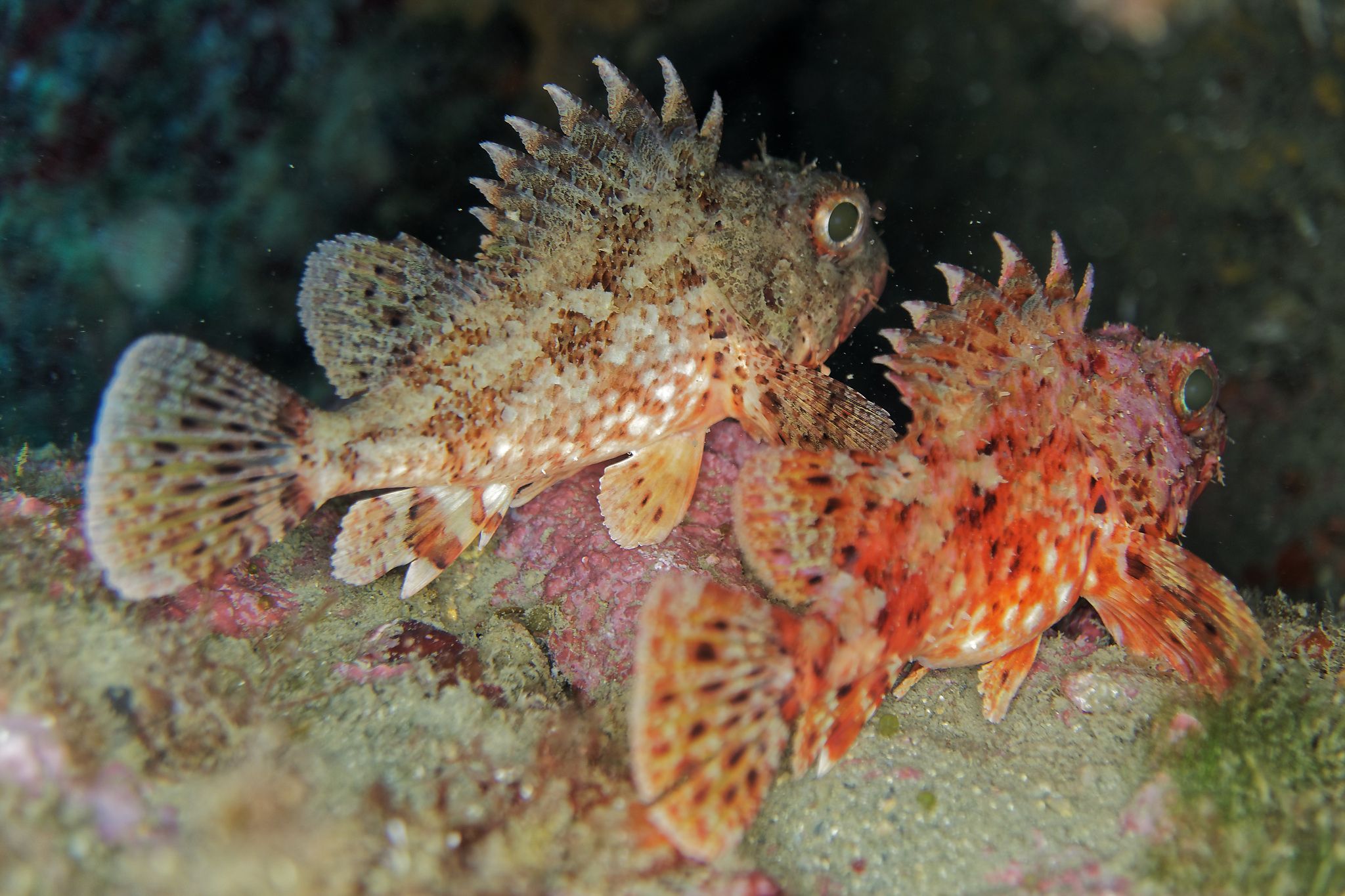
Nature protection, 10 golden rules
Dive like your shadow… leave no trace! « I love the sea and I protect it. »
- Never get into the water by walking on reeds, aquatic plants, live corals.
- Be in control of your floatability.
- Keep away from corals and other animals, do not stir sediments.
- Check where you anchor if you dive from a boat.
- Do not disturb, touch or feed animals.
- Do not fish or buy corals and shellfish.
- Be very careful when diving in caves: bubbles and simple contact can destroy their delicate life.
- Keep dive sites clean.
- Learn to know underwater life, avoid any destruction.
- Encourage your fellow divers to follow these rules.
Source : FFESSM
